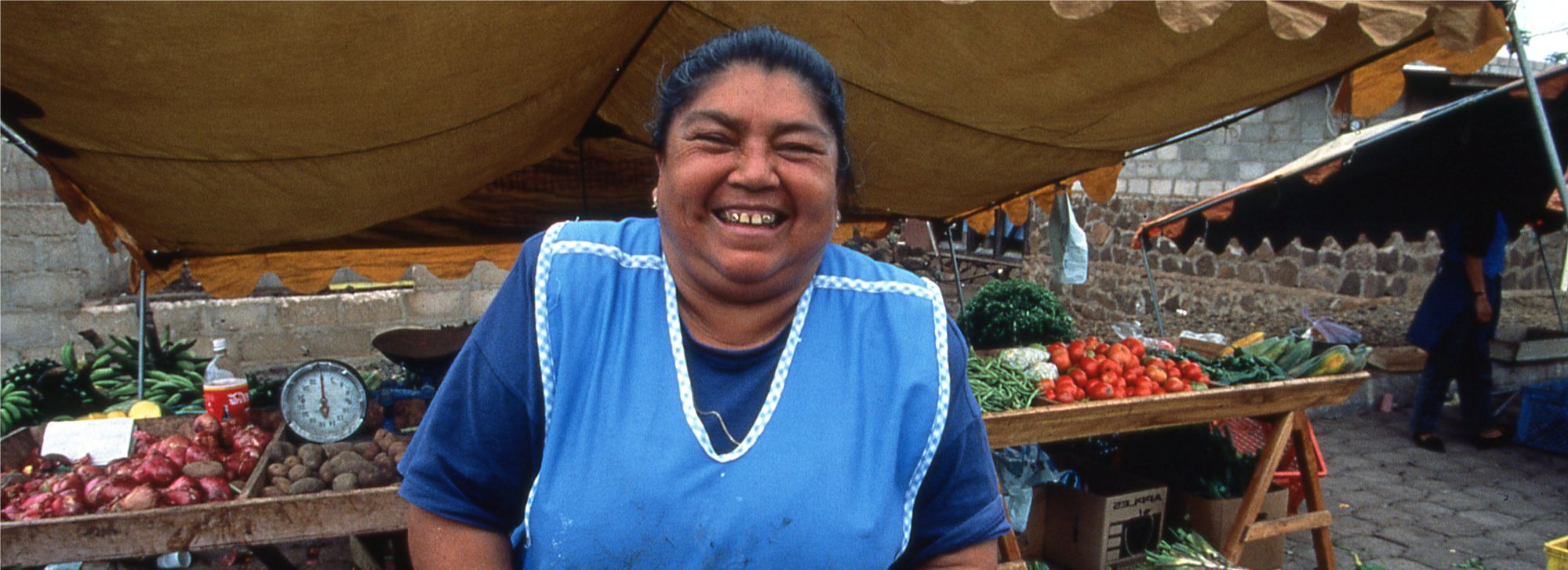Recovering orality
The written word was traditionally the sphere of (re)production of the established and hegemonic powers. Writing perpetuated (and, in certain cases, continues to do so) an image that is certainly incomplete —and, therefore, biased and distorted— of the reality of a culture and an era. The spaces for knowledge and memory management (libraries, archives, museums) usually acted as mere instruments of this process, or as (un)conscious accomplices of it. Voices and thoughts that didn't get shelf space disappeared with their owners; only a tiny fraction of human reality transcended through written documents.
Popular traditions have been neglected by libraries and archives throughout history, except for those traditional elements that were included in literature, classical music, or academic art. The development of sound recording technologies —from the wax cylinders developed at the end of the 19th century— allowed the recovery of artistic and oral expressions within anthropology, linguistics, and ethnology. The appearance and evolution of audiovisual media allowed the improvement of those registers and the extension of their domains to history, politics, and sociology. Oral history —a resource already used by Thucydides and Herodotus in classical Greece— witnessed a renaissance after World War II. The testimonies of the participants in the different scenarios of the great conflict allowed a different understanding —more complete and, at the same time, more complex— of crucial events, opening the doors to experiences in other places. Spanish miners and combatants, French anarchists, Latin American guerrillas and trade unionists, Brazilian sem-terras and a large number of other categories provided alternative appreciations of a personal and unique nature, which allowed enriching the understanding of specific events.
Overcoming sexist and ethnocentric limitations, the spectrum was later expanded with the contributions made by social anthropology (indigenous communities), sociology (rural populations) or gender and sexuality studies. Thus, the oral history archives or "archives of words" were born — collections that, usually separated from libraries, are in charge of preserving, organizing and studying this valuable intangible heritage.
The development of digital media for data storage and transmission made the management of information and the organization of knowledge, including sound and audiovisual media, more flexible. Slowly, oral tradition has begun to be included in libraries and specialized documentation centers, and, although there is a remarkable lack of training in the management of this kind of knowledge, a good number of international recommendations related to cultural diversity and intangible heritage encourage the generation and growth of collections aimed at disseminating the orality of different cultures and peoples. For oral tradition includes all human experience, and that encompasses a wide range of knowledge. The typologies of persons that may provide such testimonies is wide: all ages, genders, cultural and educational levels, ethnic origins, currents of thought and creeds are included.
In this sense, oral word is much more inclusive than written. And the richness inherent in such a medium is more than evident.
[The photograph that illustrates this text corresponds to a slide kept in the CDF Archive. It was taken in the 1990s on Santa Cruz Island, and has no mention of authorship].
Text & picture: Edgardo Civallero (edgardo.civallero@fcdarwin.org.ec).
Publication date: 1 October 2022
Last update: 1 October 2022
